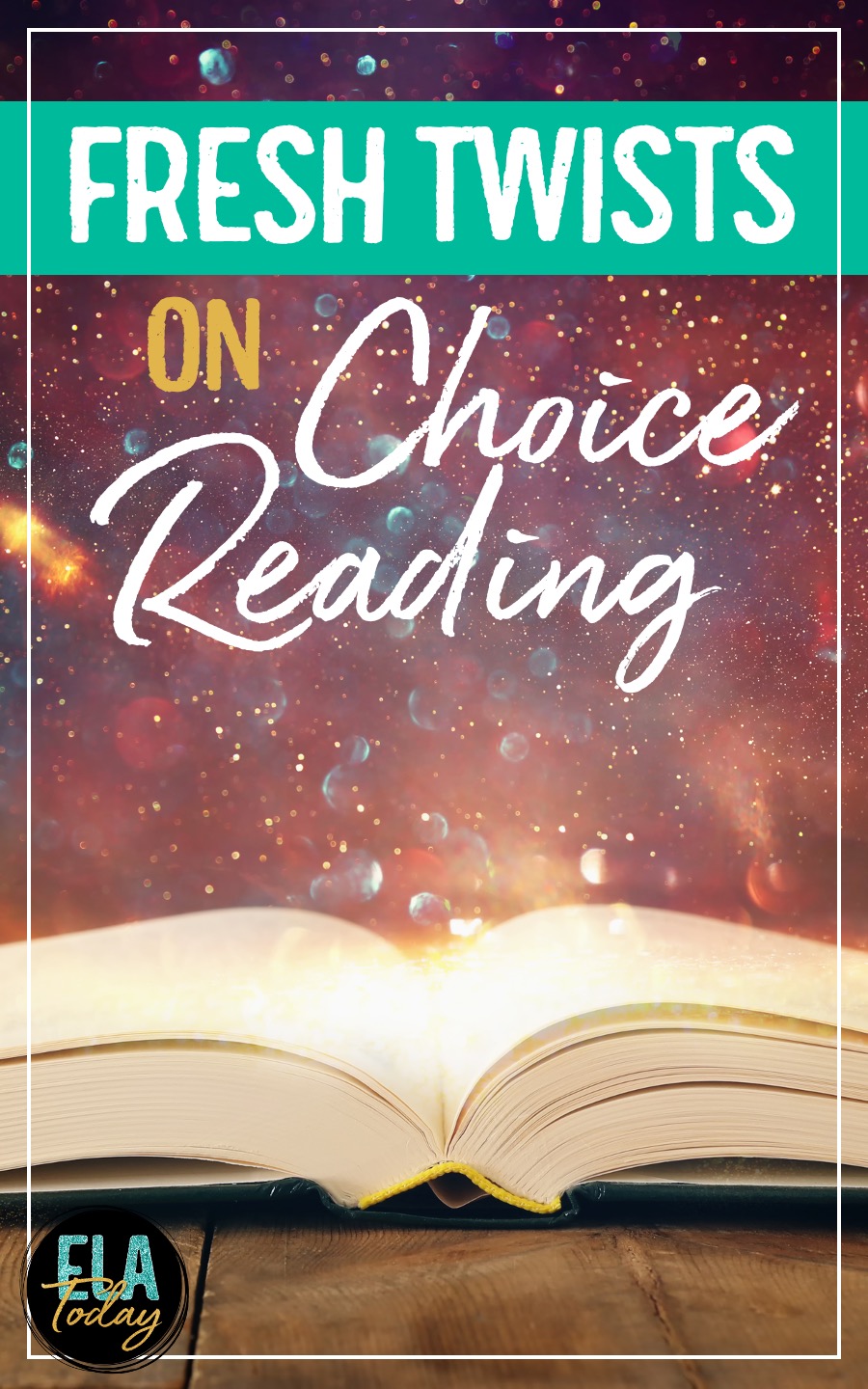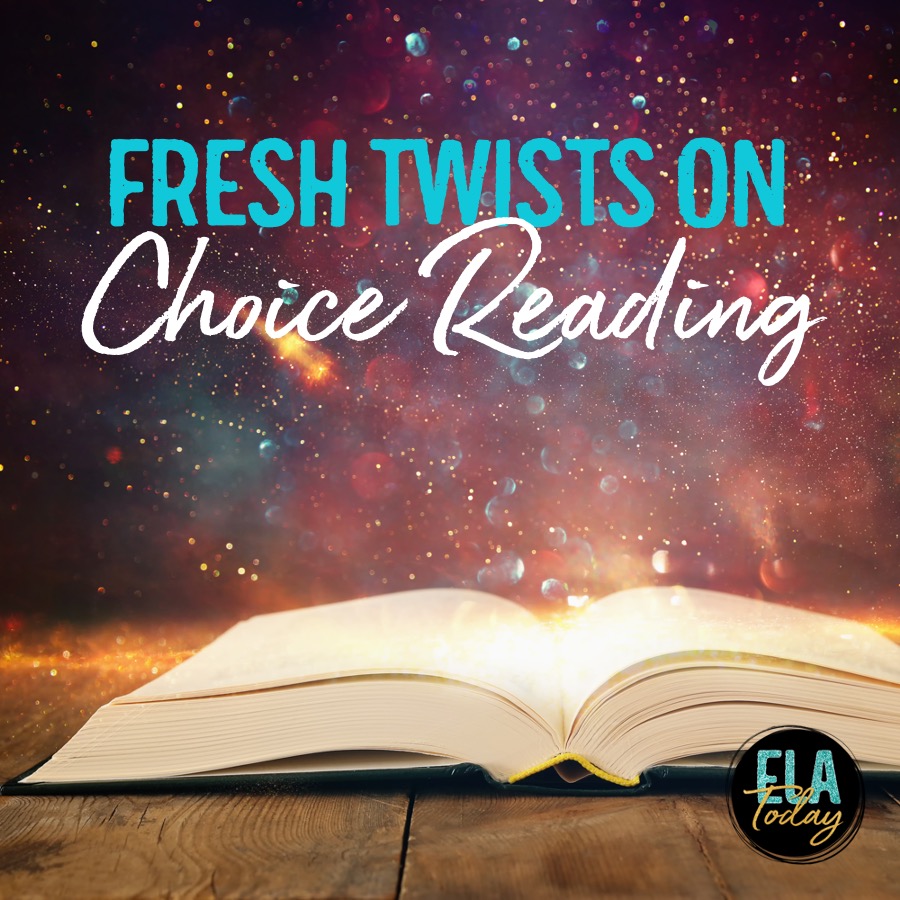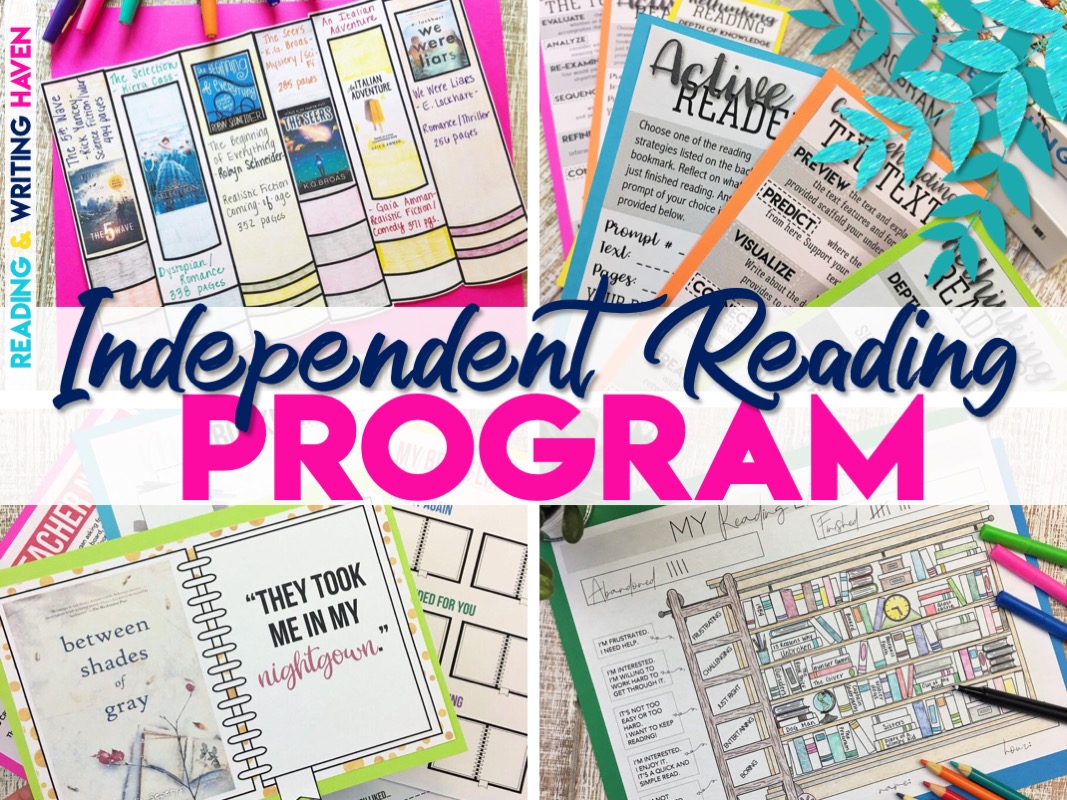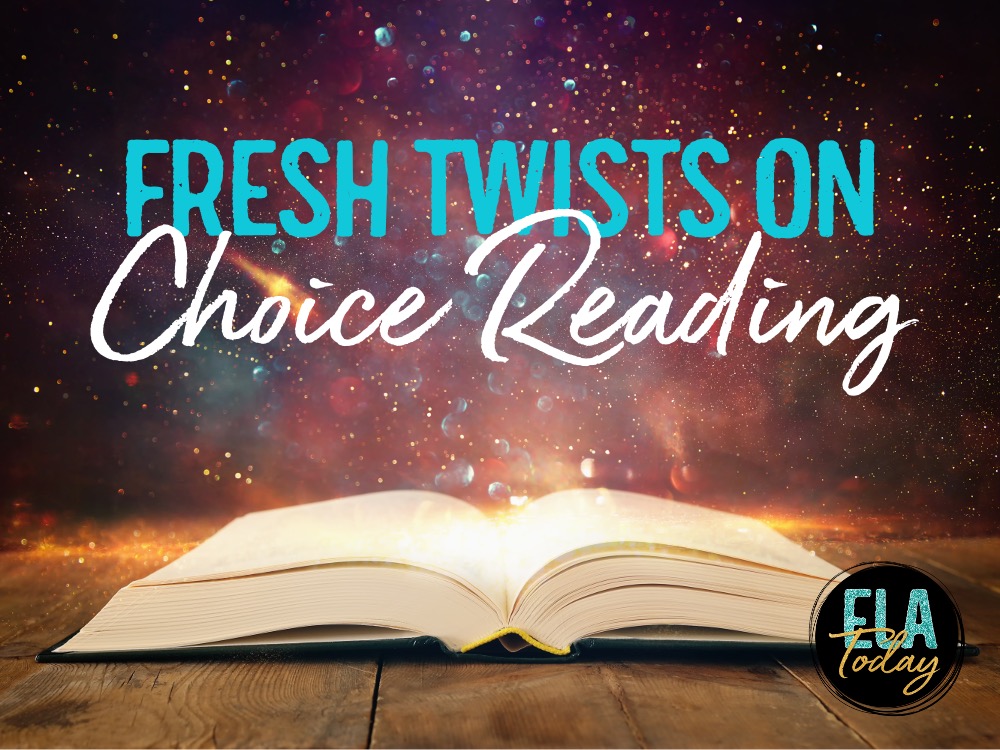
Tired of the same old, same old with book clubs or literature circles? Needing a fresh approach? You’ve come to the right place! Here, two classroom teachers from middle and high school share their new twists on both independent reading situations.
Read what’s worked for us, and take what you need to get started in your own classroom!
Lit Circles
Years ago, I was fairly nervous about running lit circles with my seniors. I had never participated in lit circles as a student, and I was vaguely familiar with them as a teacher.
I waited too long to implement lit circles into my classroom! Lit circles encourage reading and personalized instruction. Students discuss literature with their peers, and as the teacher, I take a more hands-off approach. I appreciate this process, especially when I teach seniors, as they will be readers on their own in a few short months.
Below are common questions and ideas about running lit circles in a high school English classroom.
What are lit circles?
During lit circles, a small group of students gathers to discuss a book. Normally, a class will have several books being read at the same time under the same theme. For instance, everyone will be reading a dystopian book, but instead of every student reading the same book, the class is reading four or five dystopian books.
How do I get started?
Choose four-five books that center around a topic or genre. Create a reading schedule that will fit your community of readers. Give students time to read in class, and plan activities for students to show their knowledge.
What are the benefits?
Students enjoy lit circles, which is probably the greatest benefit. Additionally, students have choice in their reading material which encourages students to find books that they enjoy. Finally, this variation of whole-class novels allows for students to show their understanding of material in various ways.
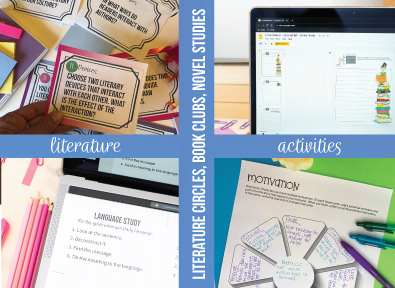
What do I teach during lit circles?
Anything! The best part of lit circles is that students get to choose how they show their understanding. For older students, that often looks like infographics. Students are familiar with infographics because they fill social media. When students can create infographics, they can make sense of a unique way.
The other preference with older students is for them to build a literary analysis. Using building blocks, students can make connections and draw conclusions from their literature.
Book Clubs
It was 2009 when I realized how bored to death I was with teaching reading. Students weren’t gravitating toward our whole-class novels like I had hoped they would. And ,there was plenty of fake it until you make it reading going on, which left class discussions feeling pretty shallow.
So I began thinking…and reading. What could I do differently to open students’ eyes to the power of a good book? How could I entice them to pick up a book on their own…or even recommend one to a friend?
What’s different about this type of book club?
That’s about the time I read The Book Whisperer by Donalyn Miller. It saved my sanity and rejuvenated my classroom. While Miller shared her experience with getting students to read 40 books a year, her testimony set my sights on a different goal…full choice classroom book clubs.
You may be familiar with the format of book clubs when everyone is reading the same book and then meeting to discuss it. As an adult, I enjoy that format! In my classroom, that’s not what I did. I wanted ALL the constraints to fall off. Students needed 100% choice in their reading while also benefiting from the social nature of sharing their interests and learning with others.
So, I embarked on a journey to teaching literature in high school that lit a flame to my students’ reading lives and sparked a truly rich, meaningful literacy culture I could only dream about prior to this experiment.
My experience with full-choice classroom book clubs was so successful and satisfying that I never looked back. Year after year, my students have shared how they are so much more freeing than incentive programs or accountability measures. Reading quizzes? Be gone. Novel projects? Not unless I’m assessing a standard. Reading logs? Absolutely not!
How can I make it happen in my classroom?
Full-choice classroom book clubs teach students that reading is a life-long skill, not a homework assignment to ignore over summer break and beyond. Want to know how I did it? I wrote it all out! You can find the details right here in this blog series, Full-Choice Classroom Book Clubs: A How-To Guide.
And, if you would like a resource toolkit to get you started, you can find the independent reading program I use right here.
